___________________________________
Industrial Liaison Group:
Tel: +44 (0) 1235 778797
E-mail: [email protected]
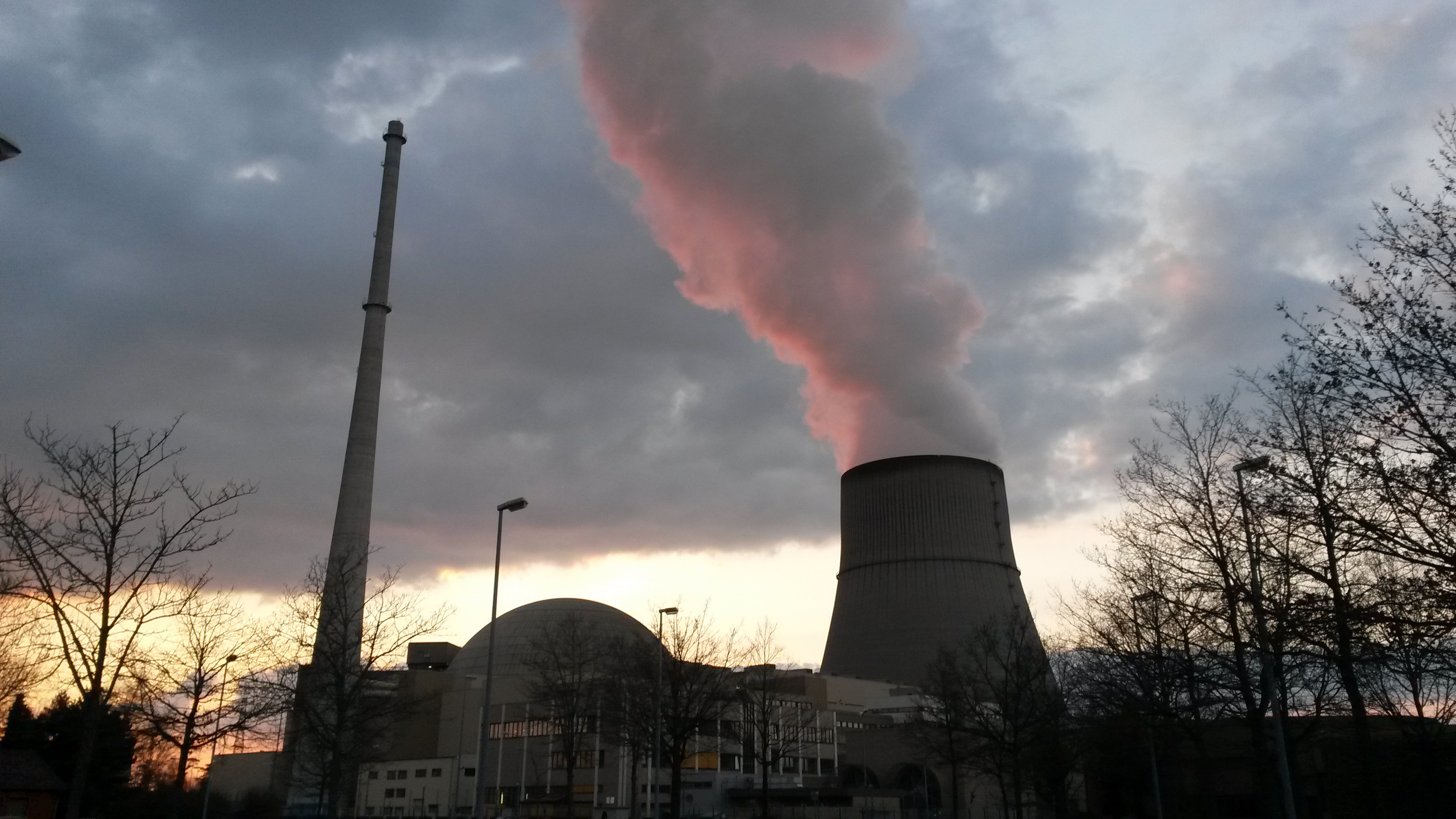
One of the most significant challenges facing modern society is to balance the growing demand for power with the dwindling supply of fossil fuels, our primary energy supply. Meeting this challenge will require a combined approach ranging from making better and more efficient use of existing resources and exploring alternative sources of energy, a key component of which is nuclear power. Approximately 11% of the world’s electricity is produced through nuclear fission power, and it is an increasingly important factor in helping to reduce CO2 emissions in line with international targets.
In recent decades, the use of nuclear energy has prevented gigatonnes of carbon dioxide being released when compared with non-renewable energy. With proven capability as an alternative to fossil fuels, nuclear fission is likely to remain a central component of efforts to prevent future climate change. The use of nuclear power presents numerous challenges with safety and radioactive waste management key considerations.
An area of nuclear research of particular importance in the UK is the field of nuclear decommissioning and radioactive waste management. As a nation, we have accumulated radioactive waste from a variety of sources including nuclear power stations, the use of radio-active materials in medicine, industry and research and also from defence-related military programmes which needs to be disposed of in a safe and secure manner.
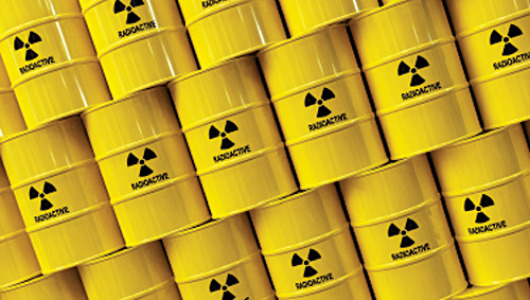
The majority of waste products are considered to have low level toxicity (94%), which we can already dispose of safely with 6% classed as intermediate level waste. Less than 0.1% of radioactive wastes are classed as high level waste, however although the total volume is relatively small it contains around 95% of the total activity1 which can take hundreds of thousands of years to decay to safe levels. How best to manage this waste is a topic of much debate and significant nuclear research is currently focused on developing safe and effective solutions.
Key to the UK’s strategy for disposal is the plan for a Geological Disposal Facility (GDF). Under this plan, highly radioactive waste, immobilised in cement would be interred deep underground. The nuclear waste will be radioactive for 100,000s of years so understanding the processes in order to optimise its containment is paramount.
In order for this approach to be successful, it is important to anticipate the impact of the high level waste on the surrounding environment. Research into the behaviour of nuclear materials at all stages of the fuel cycle is critical in order to develop effective predictive models.
The UK’s synchrotron science facility, Diamond Light Source, is a hub for renewable energy and energy recycling research, but less well known are its applications as a hub for nuclear research. Work in this area is transforming our energy future by making the nuclear fuel cycle safer, more efficient and more straightforward to use. Professor Fred Mosselmans, Principal Beamline Scientist at beamline I18, has been involved in much of the nuclear research at Diamond. He has worked in X-ray absorption spectroscopy for over 25 years and he is applying his knowledge to assist numerous projects at Diamond that will find out how best to store radioactive waste.
Prof Mosselmans explains: “Finding volunteers for a site for the GDF is likely to take several more years and in the next year or two host communities could be identified. We have to make sure that the facility will last and by using the synchrotron we can predict at a molecular scale what will happen to the radionuclides as the GDF inevitably degrades over thousands of years.”
1 World Nuclear Association http://www.world-nuclear.org/information-library/nuclear-fuel-cycle/nuclear-wastes/radioactive-waste-management.aspx
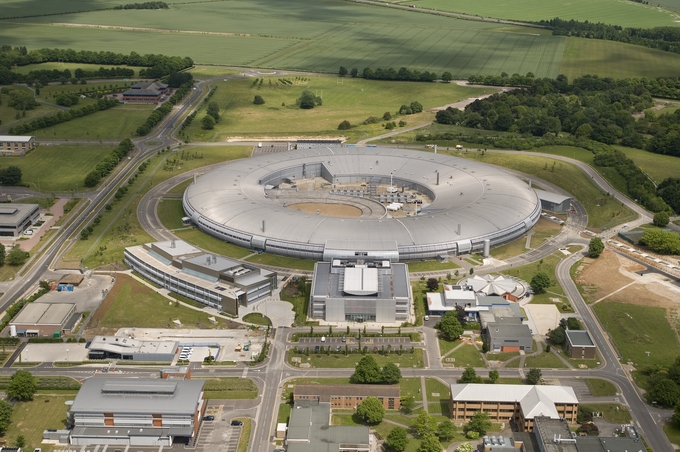
Safe treatment and disposal of hazardous materials relies on improved understanding resulting from a combination of experiments, theory and predictive modelling, the key foundations of nuclear research.
Techniques available at Diamond can prove useful in various aspects of nuclear research including structural and electronic characterisation of radioactive materials, investigations of ion-exchange materials for nuclear waste remediation, examination of features within bulk samples, such as cracks, pores, precipitates and phases of different compositions. It is also possible to perform element specific detection of contaminants even at very low concentration (down to ppm under certain conditions).
Broadly grouped into diffraction (for structural information), spectroscopy (for chemical information) and imaging, the nuclear research techniques available at Diamond, can provide information about a large number of different samples types including metallic solids, ceramics and glasses, hydrocarbons, heterogeneous systems, humid and damp systems, and chlorinated materials.
A key advantage of the facilities at Diamond is the ability to perform in situ experiments which probe a material during a chemical reaction or physical process. Examples relevant to nuclear research include the effects of radiation of interfacial processes and real time investigation of corrosion processes.
“A number of institutions are currently exploiting analytical tools at Diamond for research into nuclear energy. For example, the University of Manchester explore radioactive contamination of the environment both inside and beyond the UK’s planned GDF, in environments as diverse as nuclear fuel ponds, contaminated land and naturally radioactive sites, whilst the University of Bristol is studying the fallout from the Fukushima disaster and opportunities to improve the radioactive waste clean-up process.” Prof Trevor Rayment, Diamond’s Director of Physical Sciences
Further details of some of these research projects are detailed below.
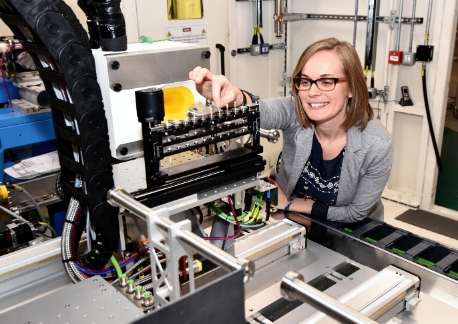
Dr Claire Corkhill, from the University of Sheffield, is working to understand how radioactive waste interacts with cement in the geological disposal facility over long periods of time. The project studies the way that cement – an important material used in the storage and disposal of radioactive waste – reacts with water as it becomes hydrated over a period of hundreds of years. This important work may help to inform the UK’s policy on disposal and the design of materials for a GDF. Dr Corkhill is taking advantage of the Long Duration Experimental facility (LDE) at Diamond, which is the only one of its kind in the world. In a truly unique experiment, her samples are set up in the beamline and then passed into the beam each week to allow her to track their behaviour over the course of two years.
Claire comments. “Using X-ray diffraction, our experiment will tell us about the minerals that are formed inside the cement over a long time span. The minerals are important for making radioactive waste safe as they bind radionuclides from degraded waste packages and prevent them from escaping, so we need to determine what they are and how they form. We are testing different types of cement formulations used in UK nuclear waste immobilisation and we hope to develop new materials that will improve the safety of the GDF. The research that the University of Sheffield is doing at Diamond is ground-breaking, and our findings could help to shape future approaches to radioactive waste disposal.”
Dr Corkhill’s work was recently received significant media coverage and we encourage you to take a look at the coverage here.
Another key player in the nuclear research field is Dr Tom Scott, from the University of Bristol, who has been investigating the behaviour of intermediate level radioactive waste (ILW) storage drums at Sellafield.
| “A small proportion of the waste drums have begun to exhibit external distortions after 30 years in storage, so we worked with Diamond to simulate on a small scale what was happening inside the containers,” he said. “We made thin matchsticks of uranium and corroded them inside grout to analyse the corrosion products at the Joint Engineering, Environmental, and Processing (JEEP) beamline, I12. No one had done these experiments before; this was cutting-edge science where we observed the build-up of corrosion products in situ, on the beamline.” |
The corrosion products of uranium take up considerably more space than the precursor metal and their expansive development inside the grout-filled waste drums is likely to explain why distortions were being observed on their outsides. Now armed with the findings of Dr Scott’s ground-breaking study, Sellafield has undertaken to reconsider the design of how some of the historical legacy waste is packaged in the future. Dr Scott comments: “Our research indicated that internal expansion inside the drums caused by corrosion of waste metals will induce cracking of the contained grout at a relatively early stage in life. Hence a simpler packaging strategy which doesn’t use grouting may provide a more cost effective option.”
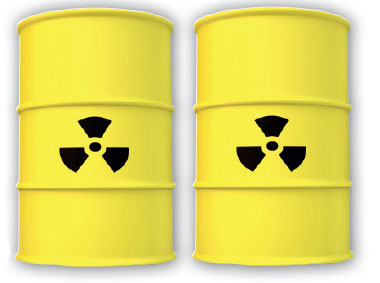 Supported by this and other complementary nuclear research carried out by the National Nuclear Laboratory (NNL) and Sellafield Ltd. within an existing long term programme, it was recently announced that Sellafield will cut down a 22-step packaging process for some legacy ILW to just 3 or 4 steps. This is a more cost-effective way of interim waste storage, offering taxpayer savings in the order of several £100M.
Supported by this and other complementary nuclear research carried out by the National Nuclear Laboratory (NNL) and Sellafield Ltd. within an existing long term programme, it was recently announced that Sellafield will cut down a 22-step packaging process for some legacy ILW to just 3 or 4 steps. This is a more cost-effective way of interim waste storage, offering taxpayer savings in the order of several £100M.
In other nuclear research, Dr Scott and his collaborators also used X-ray absorption spectroscopy on one of Diamond’s spectroscopy beamlines, I18, to study the residual contamination left over from the Fukushima nuclear accident that took place in Japan in 2011. An understanding of contamination of this sort on a molecular level can help us to better understand how to manage and contain radioactive waste.
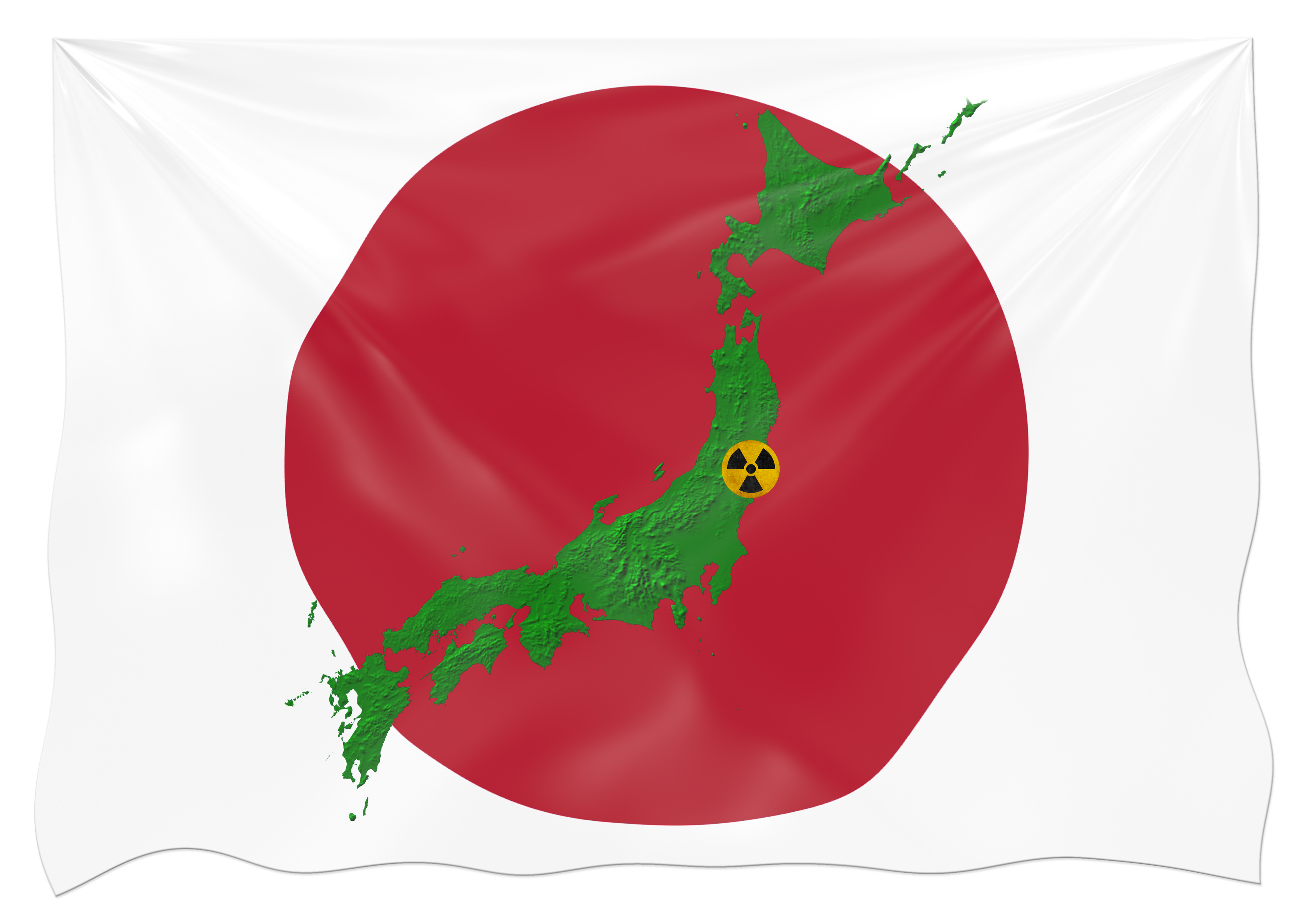
Dr Tom Scott has also recently used I18, one of Diamond’s spectroscopy beamlines, to study the residual contamination left over from the Fukushima nuclear accident that took place in Japan in 2011.
Research by the team from the University of Bristol, Diamond and Kyoto University provide conclusive evidence of the presence of uranium in soil recovered from the edge of the exclusion zone, approximately 35km from the Fukushima DaiIchi Nuclear Power Plant. An understanding of contamination of this sort on a molecular level can help us to better understand how to manage and contain radioactive waste, design effective methods for remediation and decide the most appropriate clean-up response.
As well as monitoring how radioactive waste interacts with storage containers, it is important to predict how it might interact with the environment when a storage facility eventually degrades after thousands of years. Professor Katherine Morris has dedicated her research to understanding how radionuclides behave in complex systems.
Another project, funded by the Natural Environment Research Council, focused on biogeochemical processes in the alkaline environments relevant to nuclear waste disposal. Prof Morris explains: “We reacted alkaline soil samples with uranium and found that bacteria could operate in these conditions. As we hypothesised, they had a positive effect and reduced the uranium down to a less-soluble form so that it was retained and prevented from being transported.” In collaboration with Professor Jon Lloyd, Head of the University of Manchester’s Geomicrobiology Group, Prof Morris is now isolating the bacteria that possess these amazing properties and they hope to study them further at Diamond.
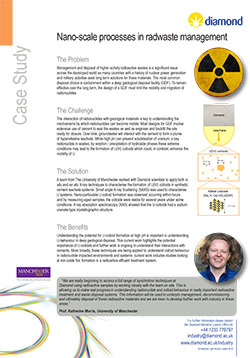 Prof. Morris’ group are using one of Diamond’s spectroscopy beamlines, B18, to study how radionuclides, including transuranic materials, which arise from nuclear processes, combine and interact at the atomic level with natural minerals and microbes in the earth. In order to protect the surrounding environment, it is vital to understand the impact that radioactivity in the waste could have as the disposal facility gradually evolves over millennia. The group’s results to date indicate that both minerals and microbial activity can actually act to provide a barrier to radionuclide migration in many systems.
Prof. Morris’ group are using one of Diamond’s spectroscopy beamlines, B18, to study how radionuclides, including transuranic materials, which arise from nuclear processes, combine and interact at the atomic level with natural minerals and microbes in the earth. In order to protect the surrounding environment, it is vital to understand the impact that radioactivity in the waste could have as the disposal facility gradually evolves over millennia. The group’s results to date indicate that both minerals and microbial activity can actually act to provide a barrier to radionuclide migration in many systems.
In another aspect of nuclear research at Diamond, Prof Morris and her team have used a combination of small angle X-ray scattering (SAXS) and X-ray absorption spectroscopy (XAS) to probe the interactions of radionuclides with cement over long time periods. Their work focused on the formation of uranium colloids in synthetic cement leachate systems. The information they have gained from these experiments can be applied directly to the management and decommissioning of radwastes and ensuring safe and effective disposal of radioactive materials over the long term.
If you have a particular project in mind or are interested in hearing more about how Diamond may be able to help with your work, please contact us by e-mail at [email protected] or by phone on 01235 778797, we'd love to hear from you.
Diamond Light Source is the UK's national synchrotron science facility, located at the Harwell Science and Innovation Campus in Oxfordshire.
Copyright © 2022 Diamond Light Source
Diamond Light Source Ltd
Diamond House
Harwell Science & Innovation Campus
Didcot
Oxfordshire
OX11 0DE
Diamond Light Source® and the Diamond logo are registered trademarks of Diamond Light Source Ltd
Registered in England and Wales at Diamond House, Harwell Science and Innovation Campus, Didcot, Oxfordshire, OX11 0DE, United Kingdom. Company number: 4375679. VAT number: 287 461 957. Economic Operators Registration and Identification (EORI) number: GB287461957003.